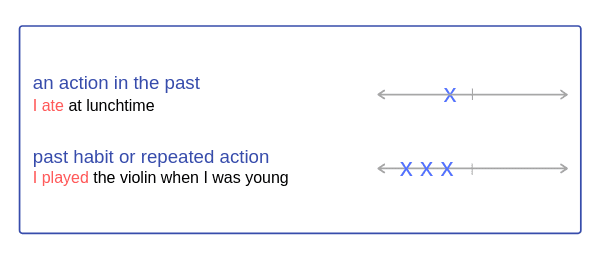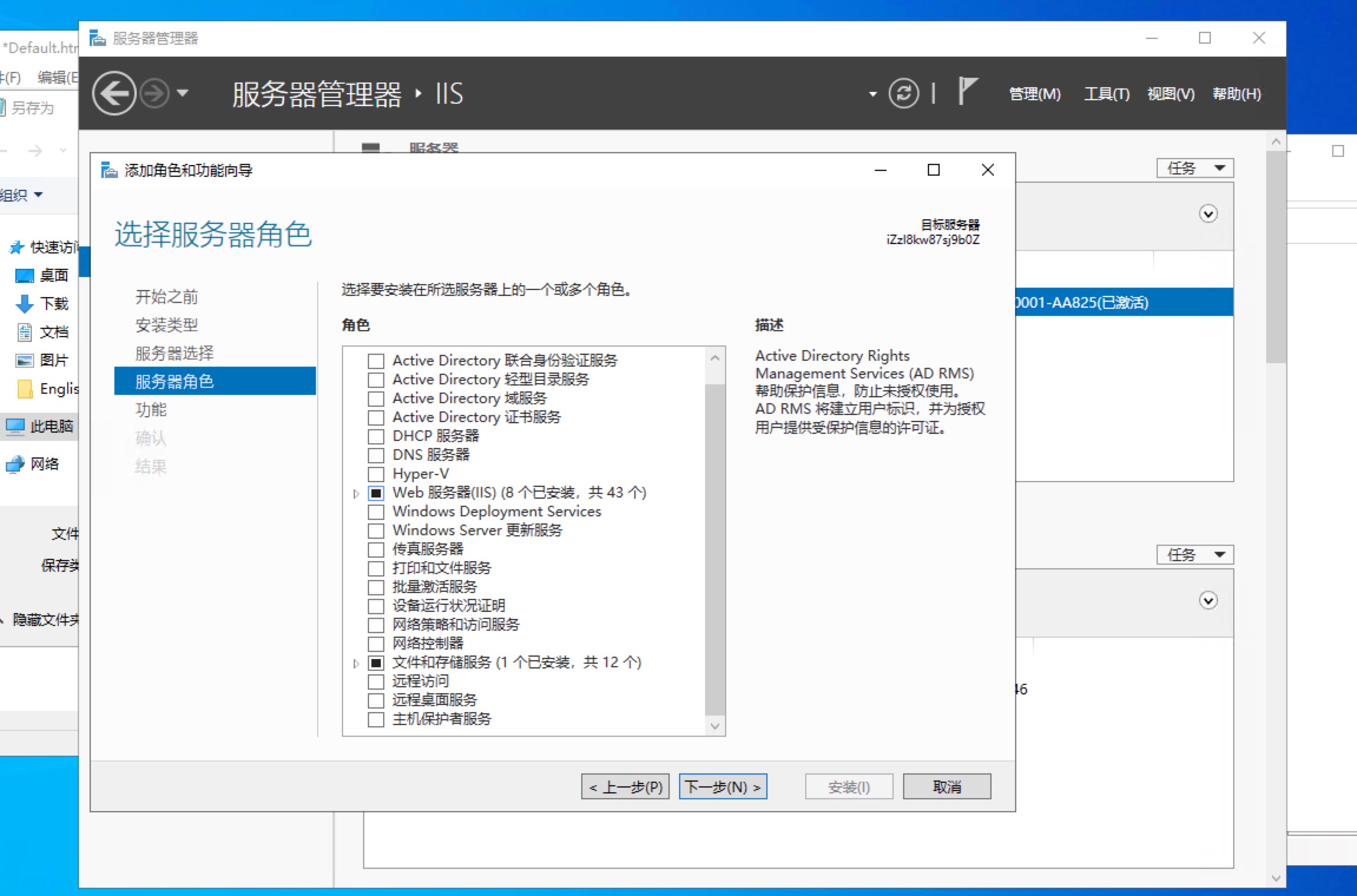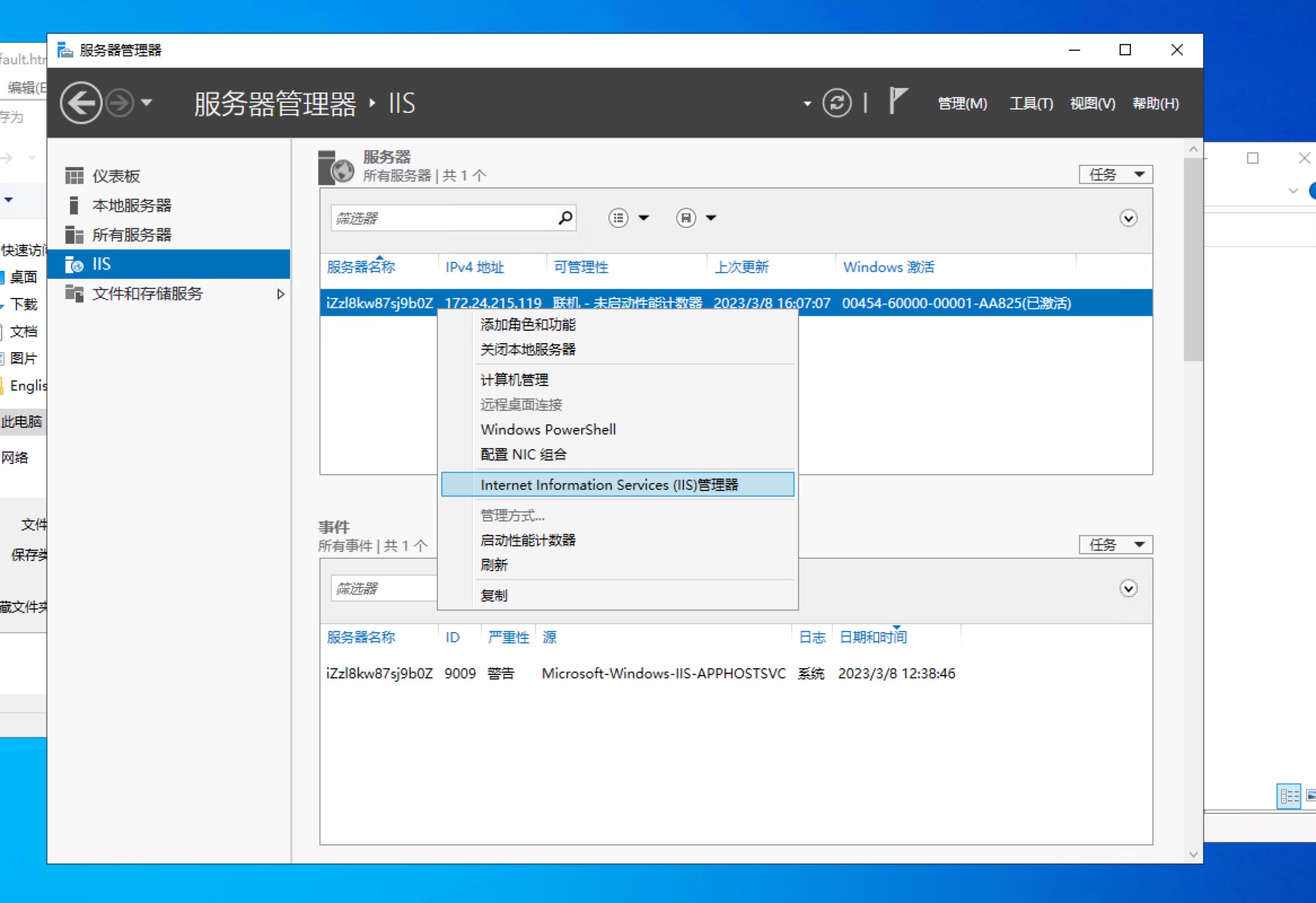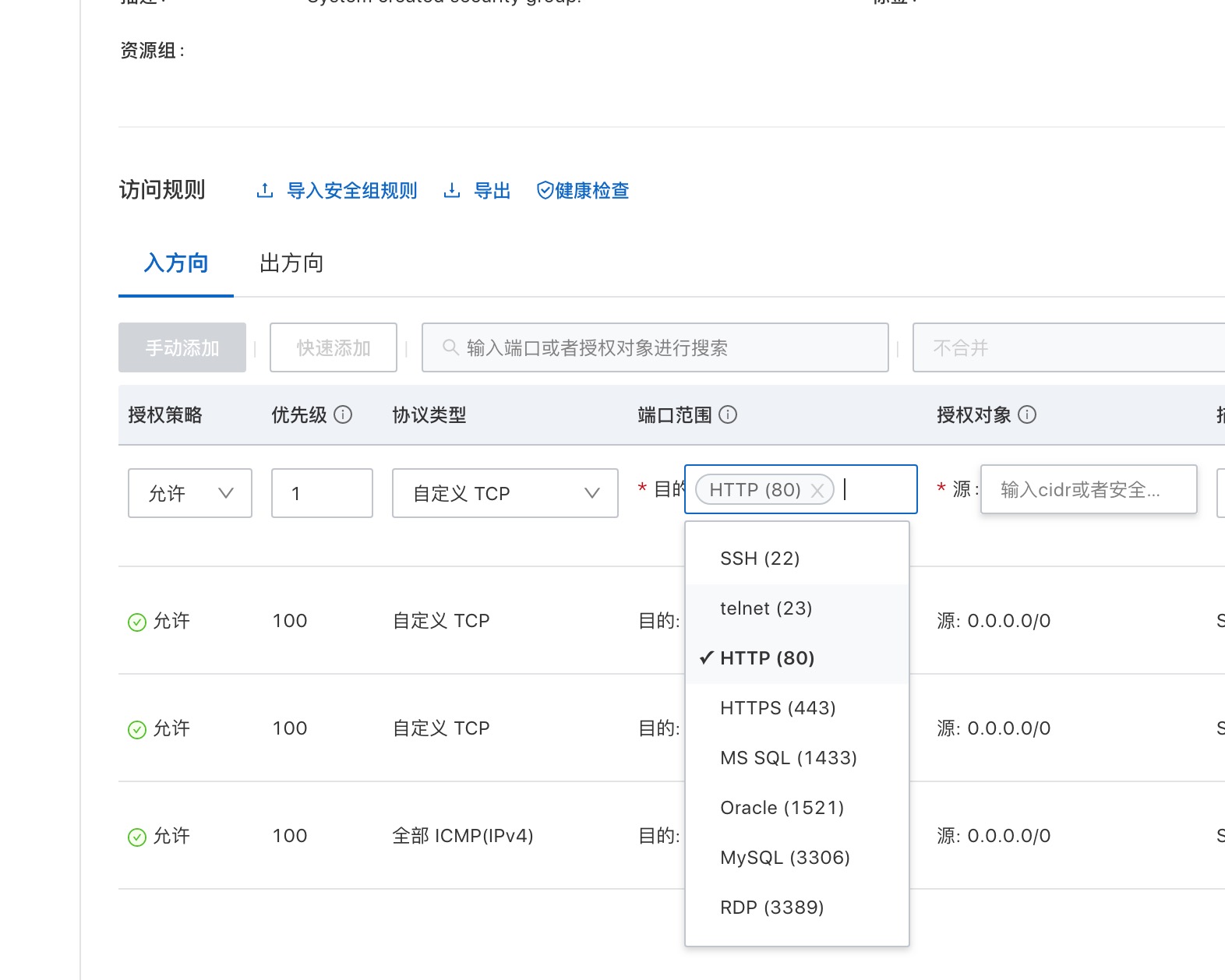ref –
- https://www.youtube.com/watch?v=lzsdrz2QtcM&t=129s
- https://www.espressoenglish.net/difference-between-present-perfect-and-past-perfect-in-english/
- https://www.natterandramble.co.uk/past-perfect-tense-timeline-form-uses/
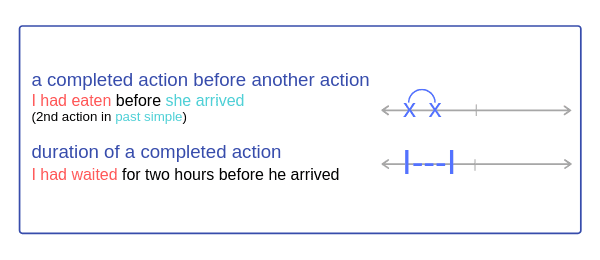
A completed past action before another past action
It doesn’t matter what part of the sentence you use the ‘had + past participle’ at, the most important thing to remember is that your past perfect fragment is always completed before another past action.
Past Perfect, shows that a past action that happened earlier than another past action. It’s a one time occurrence.
In other words, both actions happened in the past. One past action happened before another past action.
Subj + had + [past participle]
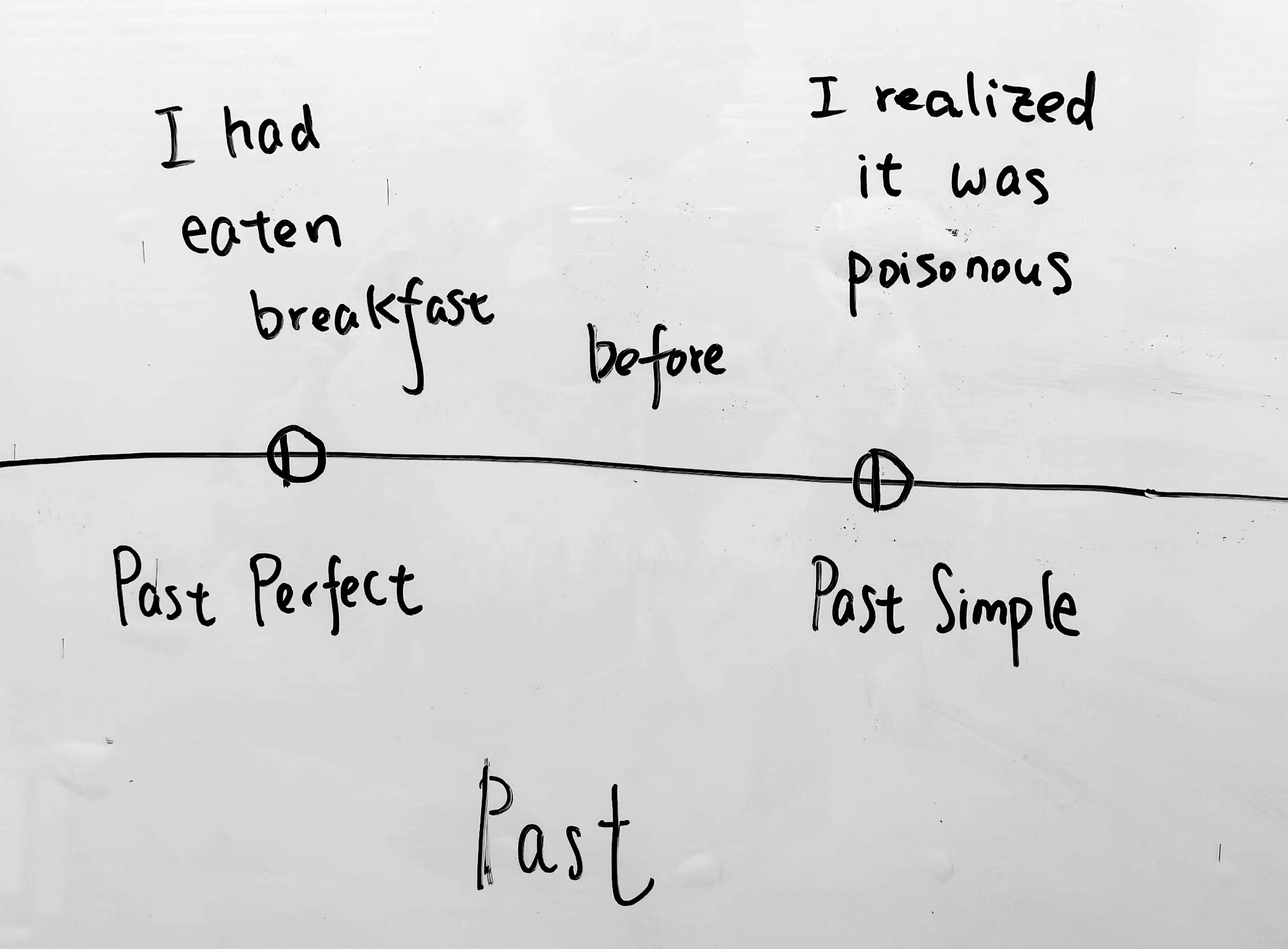
The past perfect, also called the pluperfect, is a verb tense used to talk about something that happened before something else that is also in the past.
Example, given two past simple sentences:
* she arrived at the office
* she realized it was Sunday.
Option 1:
She had arrived at the office before she realized it was Sunday.
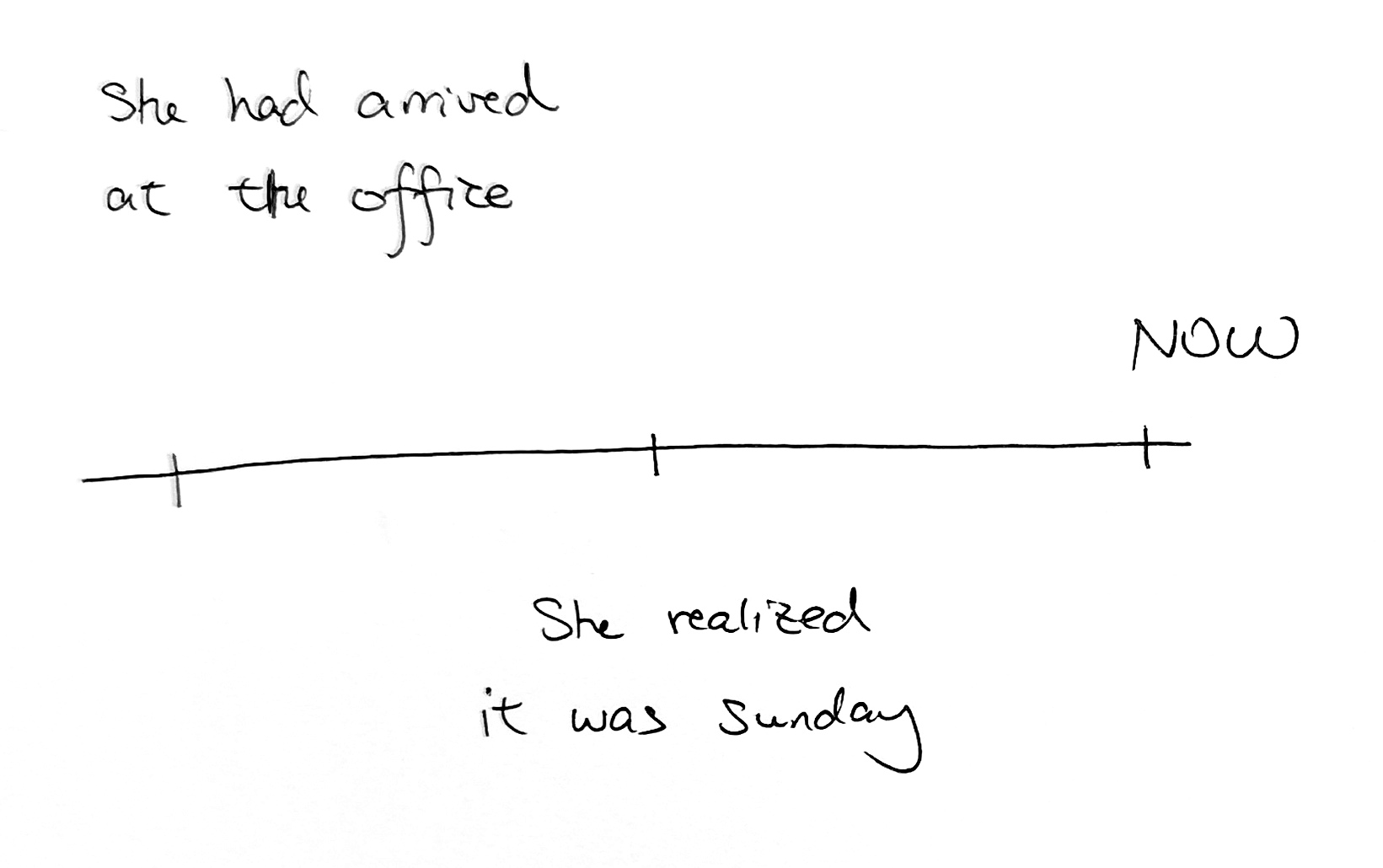
Option 2:
She had realized it was Sunday after she arrived at the office.
Either way is fine as long as the the past perfect part is to the left of the other simple past, and your conjunction is used correctly.
Example, two past simple sentences:
* Sofie finished her work.
* Sofie then went to lunch.
We can use subordinate conjunctions ‘After’ to make it a dependent clause so that it pairs with an independent clause:
After Sofie had finished her work, she went to lunch.
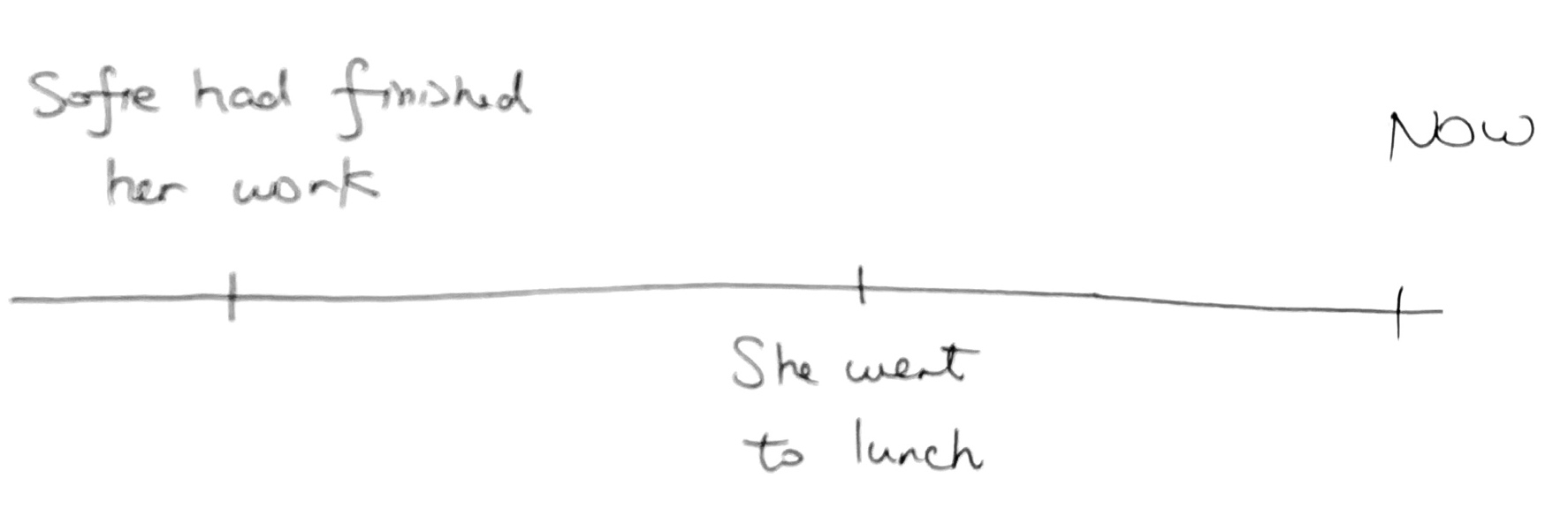
Using ‘When’
We can use when + past simple to talk about an action that happened after something else.
When I phoned the office, Emma had already left.
(past) ———– Emma left the office —– I phoned ———–
Notice that for the simple past A that takes place before simple past B, simple past A is always used as the Past Perfect.
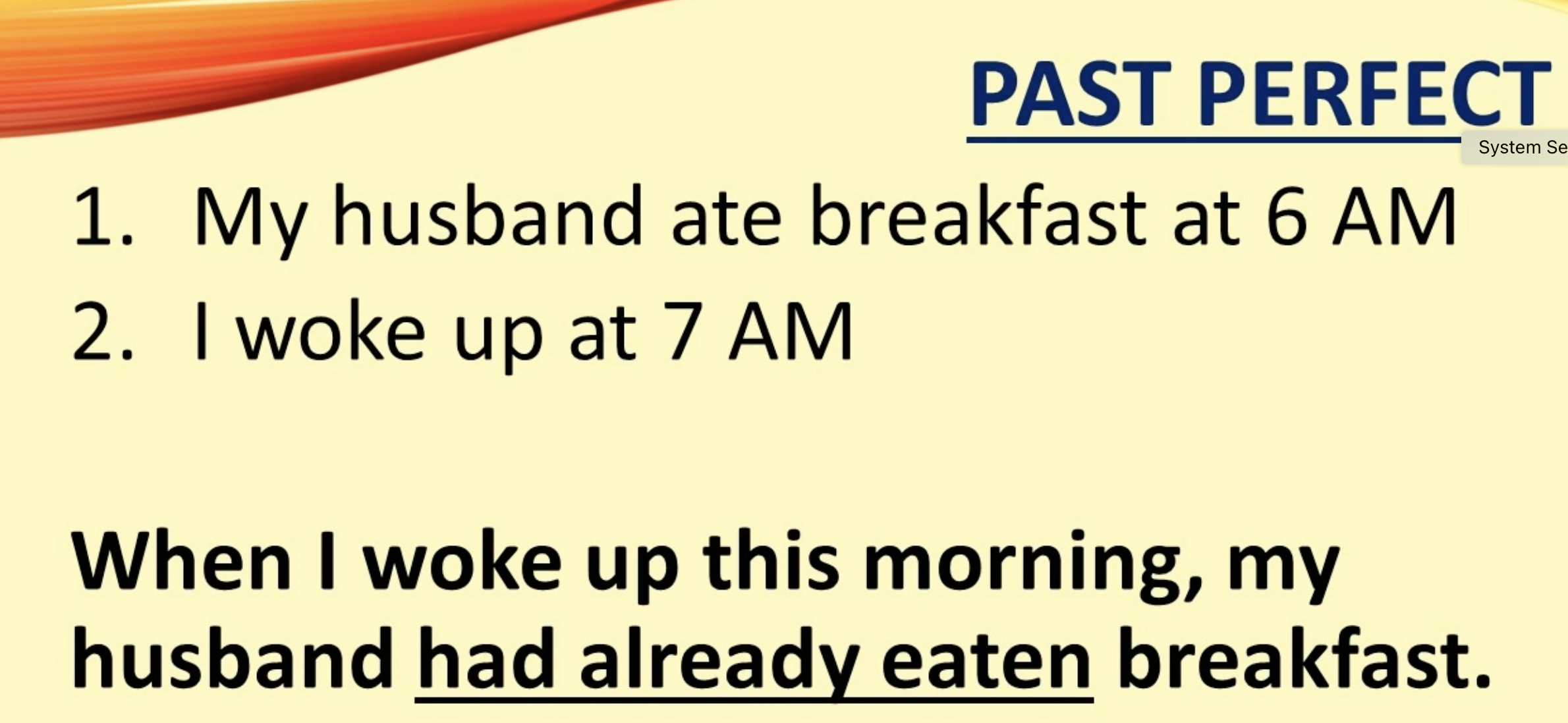
(past) —- husband ate breakfast ———– woke up ——————-
- When the police arrived, I had already left the country.
- When my father came home, my mother had already collected the laundry.
- When the sun appeared, we had already brushed our teeth.
Using ‘By’
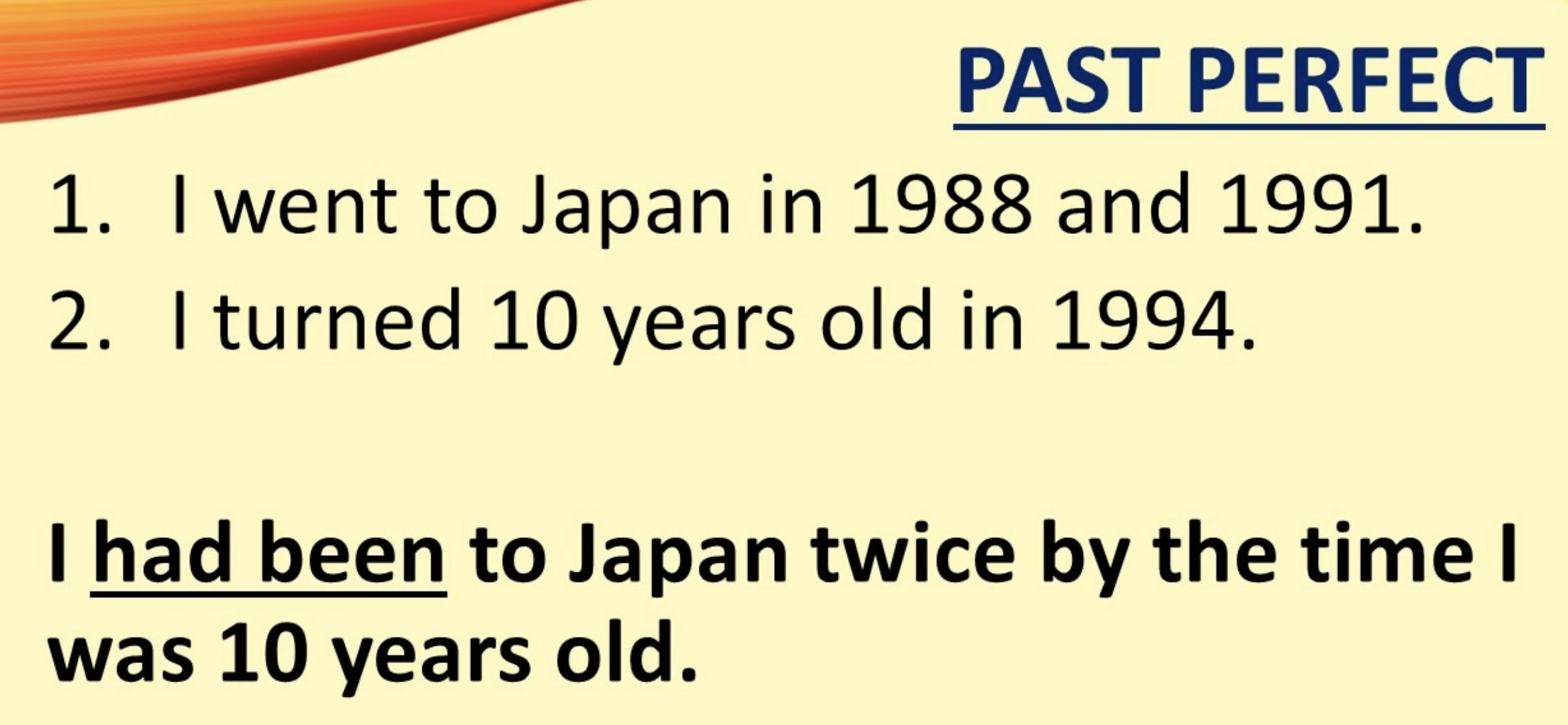
(past) —- visited Japan twice ———– became ten years old ——————-
- I had played basketball for many years by the time I was an adult.
- The US had been on a decline by the time I arrived in China.
- I had traveled the world by the time I was married.
Common Mistakes to Avoid
1) Using past perfect when past simple is sufficient:
Incorrect: “I had eaten dinner at 7 PM.”
Correct: “I ate dinner at 7 PM.” (No need for past perfect unless comparing to another past action.)
2) Using past simple when past perfect is needed:
Incorrect: “She finished her homework before she went to bed.”
Correct: “She had finished her homework before she went to bed.” (Past perfect emphasizes the sequence.)
Is the subject still doing it?
“Ted had lived in Los Angeles for a few years.”
This implies he lived there before another point in the past, and no longer lives there.
Past Perfect with Noun Clause
subject – verb – (relative pronoun) [past perfect]
Imagine waking up one morning and stepping outside to grab the newspaper. On your way back in, you notice a mysterious message scrawled across your front door: “Tootles was here.” When you’re telling this story to your friends later, how will you describe this moment? You might say something like:
I(s)
saw(v)
that(relative pronoun) Tootles [had defaced] my front door!
Your friends will able to understand that:
1) Tootles graffitied the door at some point in the past before
2) the moment this morning when you saw their handiwork
past— Tootles defaced door — I saw his handiwork —
He said that he had seen the movie before.
past— saw movie — he said —
Consider the difference between these two sentences:
We were relieved that Tootles used washable paint.
We were relieved that Tootles had used washable paint.
It’s a subtle difference, but the first sentence doesn’t tie Tootles’s act of using washable paint to any particular moment in time; listeners might interpret it as “We were relieved that Tootles was in the habit of using washable paint.”
In the second sentence, the past perfect makes it clear that you’re talking about a specific instance of using washable paint.
IF Conditional Sentences
would = past of will
The past perfect is used in the part of the sentence that explains the condition (the if-clause).
If I had woken up earlier this morning, I would have caught Tootles.
past— woke up —– caught Tootles —
If I had known you were coming, I would have baked a cake.
past— knew friend was coming —– baked a cake —
